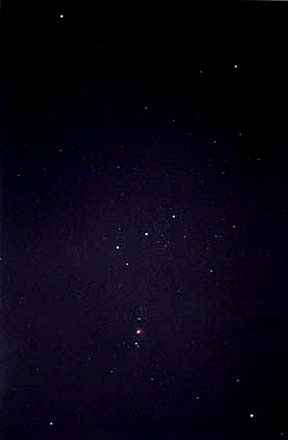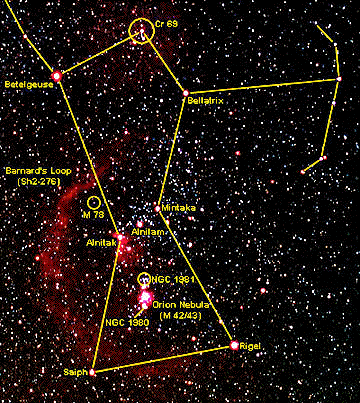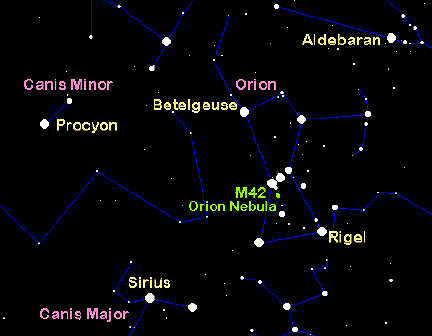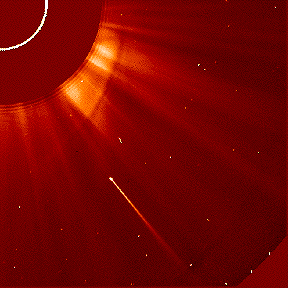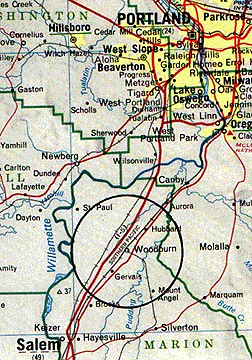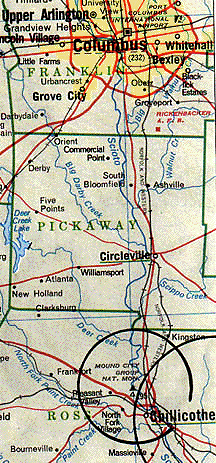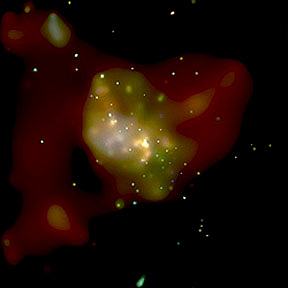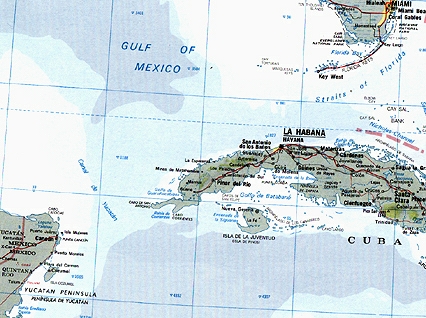
November 19, 2001 Havana, Cuba - The story about a possible megalithic site half a mile down off the western tip of Cuba first broke this past May when a Reuters News Service reporter interviewed the deep ocean engineer who first reported unusual sidescan sonar of the discovery. Her name is Paulina Zelitsky. Ms. Zelitsky was born in Poland, studied engineering in the Soviet Union, was assigned to work on a secret submarine base in Cuba during the Cold War, and eventually defected to Canada. There she met her current husband, businessman Paul Weinzweig. Now the couple own and operate a company called Advanced Digital Communications, or ADC, with offices in both Victoria, British Columbia, and Havana, Cuba. Their specialty is deep ocean exploration. ADC made news in November 2000 when Paulina Zelitsky found the wreckage of the famous U.S.S. Maine that blew up and sank in 1898. It was three miles off the Havana coast and two-thirds of a mile down. Her team videotaped the battleship which matched old photographs.
Click here to subscribe and get instant access to read this report.
Click here to check your existing subscription status.
Existing members, login below:


